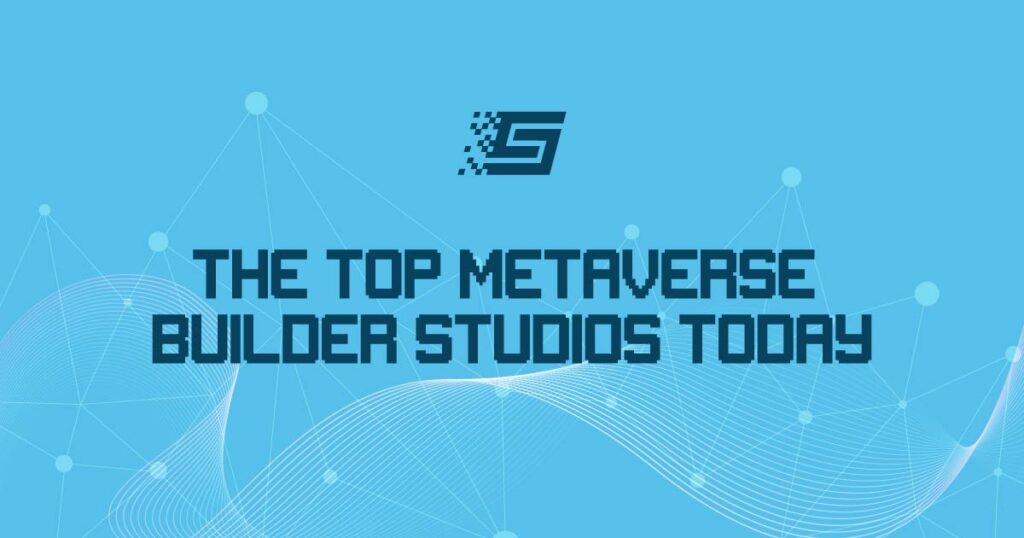The Top 7 Technologies Powering the Metaverse
Technologies powering the metaverse are digital inventions required for the metaverse to be a fully immersive world. The metaverse is a digital world that will transform humans’ online presence from a way of communicating to a way of living.
The goal of the metaverse is to replicate our physical world in a virtual space. Accordingly, content creation and digital appearance need to be like our physical world. The available innovations majorly delivers virtual worlds using cartoonish characters.
However, the metaverse will have to deliver more before humans can accept it as a way of life. Therefore, to realize the goal of living virtually, some IT infrastructures need improvement and alignment. Metaverse builders will have to connect these vital metaverse technologies for an effective result.
What are the innovations that can deliver a cutting-edge 3D virtual world? This article will consider seven essential metaverse technologies.
Key Technologies Powering the Metaverse
Virtual Reality
For decades, playing a video game has meant sitting in front of a screen and exploring a 3D world. You either control the game with a keyboard or a game controller. Unfortunately, players don’t experience complete immersion no matter how big the screen is.
Virtual reality is a simulated digital environment entirely different from the real world. VR involves wearing a headset that has a screen close to the eyes.
Virtual reality is a fitting metaverse technology because it blocks away all the distractions from the physical world. Thus, you feel like a part of the virtual environment. When you also combine a VR headset with a motion detector, your virtual environment becomes fully immersive.
With this technology, the metaverse becomes a reality for humans to escape the physical world entirely. Therefore, among technologies powering the metaverse, virtual reality comes first.
Some popular metaverse platforms are yet to incorporate virtual reality. Nevertheless, the metaverse requires the complete immersion that virtual reality offers.
Since this metaverse technology is relatively new, virtual reality has a few setbacks. For example, you might experience slight headaches and discomfort after using VR headsets for several hours.
So, virtual reality might require a few improvements alongside other technologies powering the metaverse.
Augmented Reality
Augmented reality is a metaverse technology that displays virtual objects in a physical environment. Essentially, augmented reality (AR) can also show a virtual city or world in the physical world. Therefore, it is different from virtual reality.
Augmented reality uses accurate 3D registration and real-time interaction to display virtual objects physically. Meanwhile, AR can also overlay natural objects and redisplay them in the physical world (probably in a different location).
Think of a man in California who calls his son living in Ontario to play a virtual chess game. Using AR, his son and the chess board will appear to be physically present with him in California.
Similarly, imagine trying to buy a dishwasher online. Using AR, the seller can display the product’s physical size to you and even show where it will fit in your kitchen.
Today, you can produce AR effects using your phone’s camera. Combining virtual and augmented reality creates extended reality (XR).
Extended reality produces an immersive 3D metaverse environment. Here, objects look tangible but are not a part of the real world.
Blockchain Technology and Cryptocurrencies
The blockchain is one of the relevant technologies powering the metaverse because it offers decentralization. In addition, blockchain provides digital ownership, secure asset storage, and an unalterable payment system.
Hackers can compromise or create a copy of data and assets on the internet. However, blockchain technology provides a distributed system where power does not rest with one person or entity.
There is relative security for your physical assets and they are also valuable. Similarly, security of virtual assets and digital ownership is possible in the metaverse.
Through the concept of NFTs, your virtual assets remain in your custody. No one can access them unless you intentionally transfer them to another wallet.
The unalterable payment network of crypto is also an essential technology powering the metaverse. You can pay for virtual items with crypto without a third party.
3D Modelling and Reconstruction
The physical world is a 3-dimensional space. Likewise, metaverse platforms today are mostly 3D worlds. 3D modeling is one of the technologies powering the metaverse.
With 3D modeling, players can generate virtual characters and avatars without much stress. Despite how easy 3D modeling might be, the cartoon-like characters in metaverse platforms are unrealistic.
Accordingly, an emerging innovation that can improve metaverse characters is 3D reconstruction. This metaverse technology is possible through unique 3D cameras.
The cameras take images of our natural world and create digital models of buildings, cities, or people. Metaverse platforms can also use 3D reconstruction to improve the scene of their worlds, making them more virtually realistic.
Internet of Things (IoT)
The internet of things is an ecosystem of smart devices connected to the internet. The primary aim of IoT is to connect the real world with cyberspace and improve human life.
A practical example is a car. Nowadays, you can connect a car to the internet, which will direct you to your destination.
IoT can become a crucial technology powering the metaverse. One such way is when to collect data from the real world and use it to influence the metaverse.
For instance, when winter begins in real-life Atlanta, metaverse Atlanta should not be hot and sunny. Also, IoT devices can alert you in the metaverse when a visitor rings your physical doorbell.
Artificial Intelligence
Artificial intelligence is a metaverse technology with multiple benefits, one of which is Avatar creation. Metaverse platforms can use AI to generate 3D avatars from images of players.
Also, AI can enable avatars to produce metaverse characters of their kind genetically. An example is the Thingies NFT collection in FLUF World.
The metaverse is a place for everyone in the world. Consequently, there will be language differences among people. Metaverse platforms can design avatars with AI translation programs. Hence, translation of multiple languages will be possible.
Understanding one another will promote mutual co-existence in virtual worlds. No doubt, artificial intelligence fits among the technologies powering the metaverse.
5G Cellular Network
5G is a short form of the fifth-generation standard of cellular networks. It features breakneck internet speed, low latency, and error rate. Reportedly, data transfer speed for 5G can reach up to 20 gigabytes per second.
5G cannot be an omission among the technologies powering the metaverse. The metaverse will require super-fast data transfer to become fully immersive.
Using IoT devices alongside AI and blockchain technology will require the speed of 5G network. Moreover, when developers introduce extended reality, a fast and responsive internet will be beneficial.
Metaverse developers recognize the importance of innovation. Technologies powering the metaverse will continue to improve until a fully-immersive metaverse becomes a way of life.


